
Attending the conference were comrade Nguyen Van Luong, member of the Provincial Party Standing Committee, Director of the Department of Construction; leaders of the Departments of Home Affairs, Finance, Industry and Trade, Agriculture and Environment, leaders of the Provincial Economic Zone and Industrial Park Management Board; leaders of the Provincial People's Committee Office; and leaders of relevant localities.
At the conference, leaders of the Department of Construction presented plans for developing the urban system and housing program in the province until 2030.

Accordingly, after the administrative unit arrangement, Ninh Binh province has a population of about 4.4 million people, including 129 commune-level administrative units, including 97 communes and 32 wards. The urban population (calculated by wards) is 1.36 million people, the urbanization rate (calculated by ward population) is 30.74%. In addition to 32 wards identified as urban areas according to the provisions of the Law on Organization of Local Government, the province also has 31 merged communes, including old towns and areas recognized as type V urban areas.
According to the draft Resolution on urban classification drafted by the Ministry of Construction, which was appraised by the Ministry of Justice and submitted to the Government in Submission No. 135/TTr-BXD dated October 29, 2025, in order to promptly institutionalize the Party's policies and the Constitution's regulations on the 2-level local government model, the national urban system includes 4 types: Special type, type I (for cities and provinces expected to establish cities); type II and type III (for provincial urban areas). Specifically, type I urban areas are national-level urban areas, with the role, position, and function of being a general center or a specialized center of the country. Type II urban areas are provincial-level urban areas, with the role, position, and function of being a general center or a specialized center of a province or inter-provincial region. Type III urban areas are provincial urban areas, with the role, position, and function of being a general center or a specialized center of a sub-region within a province or province.
The Resolution of the 1st Provincial Party Congress, term 2025-2030, determined: Promoting potential, advantages, resources, driving forces, accelerating breakthroughs according to the new growth model; striving by 2030, Ninh Binh will become a centrally-run city with modern industry, high-quality tourism services, green urban areas associated with heritage, and be among the leading localities in the country in terms of growth rate and per capita income. By 2030, the urbanization rate will reach 60.1%.
The Department of Construction proposed the Provincial People's Committee to direct the implementation of target groups on urban system development in the province by 2030 according to the Resolution of the 1st Provincial Party Congress, including: Urbanization rate reaching 60.1%; total number of wards in the province needs to be from 58 to 80 units; continue to increase the population living and working in urban areas to reach at least 2.68 million people...
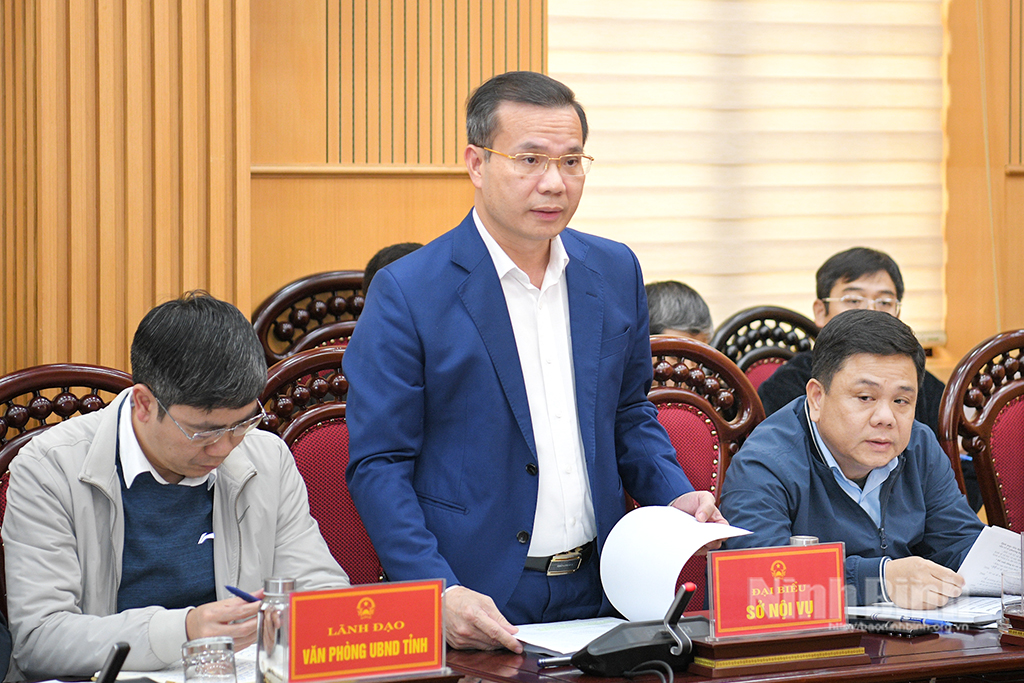
At the conference, leaders of the Department of Internal Affairs presented new regulations on ward establishment, ward standards, ward establishment projects; current population size, natural area of communes with advantages to establish wards.
Leaders of localities and units discussed and clearly defined the goals and directions for upgrading from communes to wards in the period from now to 2030 and the period after 2030, in order to contribute to the implementation of the province's common goals.

Concluding the conference, comrade Tran Anh Dung, member of the Provincial Party Standing Committee, Vice Chairman of the Provincial People's Committee emphasized: The Resolution of the 1st Provincial Party Congress, term 2025-2030 clearly determined that by 2030, Ninh Binh will become a centrally-run city. This is a very important political task, requiring the synchronous participation of all levels, sectors and localities. Therefore, in the coming time, it is recommended that departments, sectors and localities focus on improving the quality of urban areas in existing central urban areas (type II urban areas); developing a network of type III urban areas as comprehensive or specialized centers of the province.
Cities need to develop in networks or chains linked to key areas of industrial, tourism and service development, along the economic development driving axes; encourage population concentration, increase the rate of non-agricultural labor; urban areas are spatially connected, resonate in economic functions and are supported by a high-speed infrastructure system. Determine the urban scale appropriate to the urban type.
The province will pay attention to and gradually invest in a synchronous and multi-modal transport infrastructure system to shorten travel time between urban areas. Connecting and sharing key technical infrastructure works, shared such as electricity and water supply networks, wastewater treatment systems and solid waste management between commune-level administrative units in an urban area, helps optimize resources and protect the common environment.
The Provincial People's Committee will regularly direct and conduct inspections to gradually complete each set goal and task, contributing to building Ninh Binh province to become increasingly prosperous, beautiful and civilized.
Source: https://baoninhbinh.org.vn/hoi-nghi-ve-phuong-an-phat-trien-he-thong-do-thi-va-chuong-trinh-nha-o-tren-dia-251119165811766.html







![[Photo] The Standing Committee of the Organizing Subcommittee serving the 14th National Party Congress meets on information and propaganda work for the Congress.](https://vphoto.vietnam.vn/thumb/1200x675/vietnam/resource/IMAGE/2025/11/19/1763531906775_tieu-ban-phuc-vu-dh-19-11-9302-614-jpg.webp)
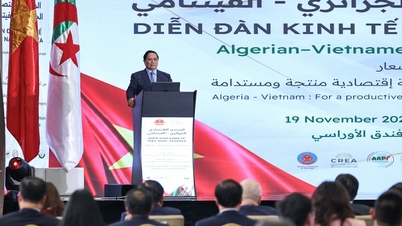



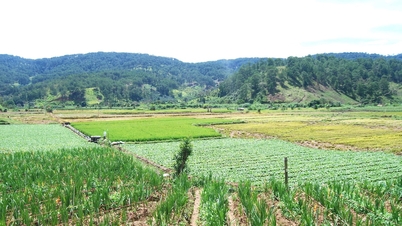












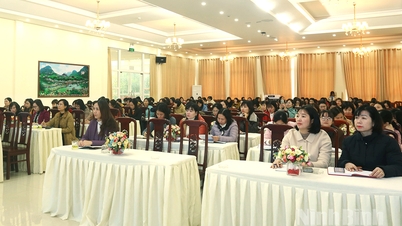

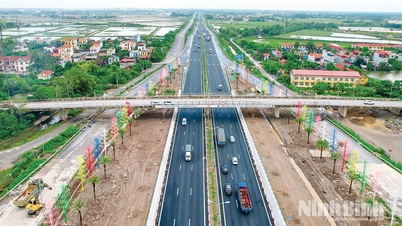
![[Photo] Prime Minister Pham Minh Chinh and his wife meet the Vietnamese community in Algeria](https://vphoto.vietnam.vn/thumb/1200x675/vietnam/resource/IMAGE/2025/11/19/1763510299099_1763510015166-jpg.webp)
![[Photo] General Secretary To Lam receives Slovakian Deputy Prime Minister and Minister of Defense Robert Kalinak](https://vphoto.vietnam.vn/thumb/1200x675/vietnam/resource/IMAGE/2025/11/18/1763467091441_a1-bnd-8261-6981-jpg.webp)









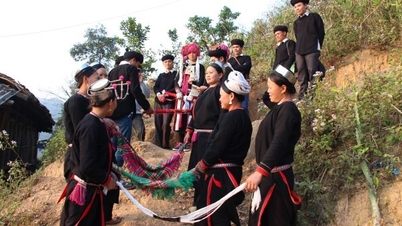

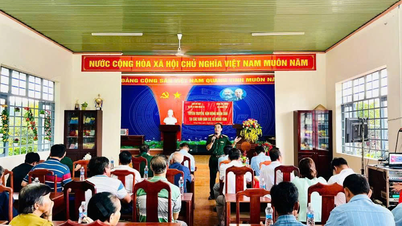











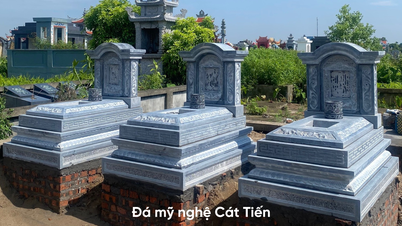



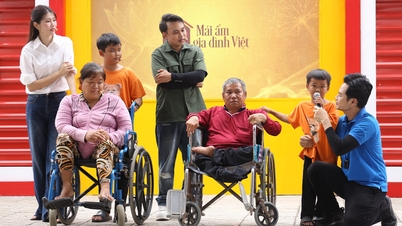
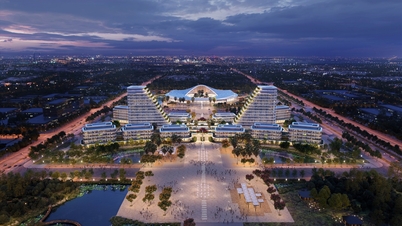
















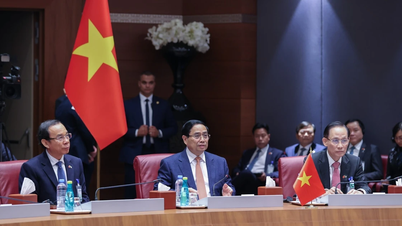






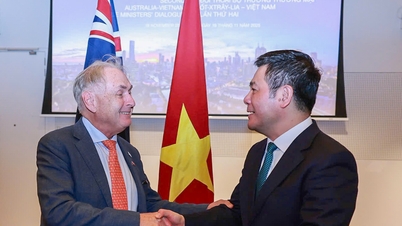




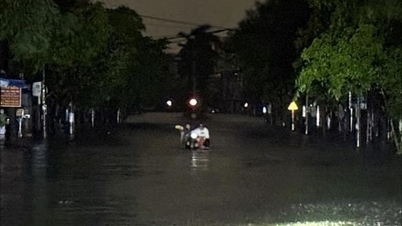
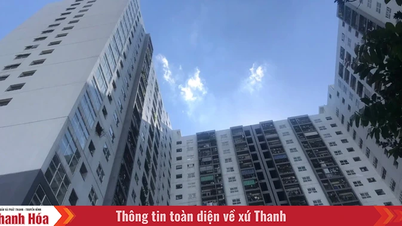

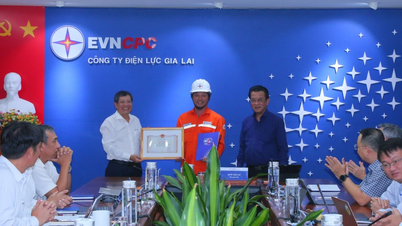
















Comment (0)